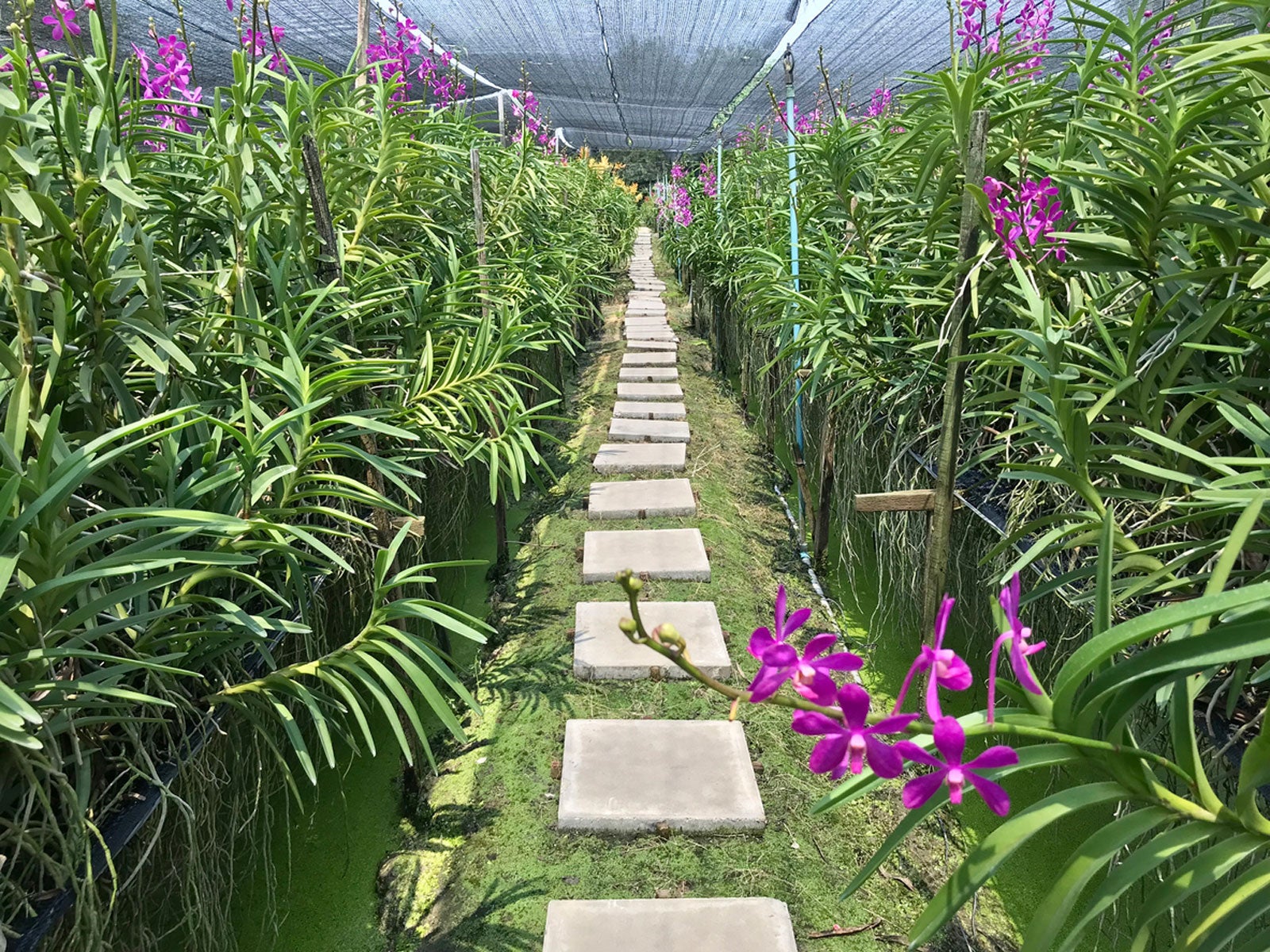Greenhouse Flooring Materials: How To Make A Greenhouse Floor

Before installing, you may want to consider your options for the floor of a greenhouse. Floors are the foundation of the greenhouse in more ways than one. They need to allow for good drainage, insulate the greenhouse from cold, keep out weeds and pests, and they also need to be comfortable for you. What to use for greenhouse floors you may wonder? Well, there are many greenhouse flooring options available. Read on to learn how to make a greenhouse floor and about using greenhouse flooring materials.
What to Use for Greenhouse Floors
There are several options for greenhouse flooring materials. The most ideal is a poured concrete floor, especially if it’s insulated. A concrete floor is easy to clean and walk on, and if poured correctly, should drain away any excess water. Concrete will also reflect light and retain heat throughout the day.
Concrete isn’t the only option available for the floor of a greenhouse, though. Depending upon your budget and consideration, there are plenty of other greenhouse flooring ideas, some with better results than others.
Prior to installing the floor, decide what is most important to you regarding greenhouse flooring supplies. Consider how much time you will be spending in the greenhouse and how long different flooring materials last. Concrete, for example, will last many years, but a mulch floor will degrade rapidly. Also, keep in mind your budget.
Here are a few greenhouse flooring ideas to consider:
- A greenhouse foundation can be made of wood and filled with crushed stone or gravel and overlaid with weed cloth. This floor is well-draining and easy to clean, easy to install, and fairly inexpensive.
- Lava and landscape rock are an attractive greenhouse flooring idea. Lava rock soaks up water and adds to the humidity level but neither lava nor landscape rock is easy to clean. They are easy materials to utilize; however, they can be expensive.
- Mulch flooring is the least beneficial of flooring material for greenhouses. While it is cheap, it can’t be cleaned and, in fact, harbors bacteria and fungi. It also decomposes rapidly.
- Bricks add humidity to the greenhouse. They should be laid over a layer of sand to improve stability and drainage. Similarly, a rock foundation should be laid atop a layer of sand. Clay floors are another long-lasting option that is easy to walk on.
- Used in commercial greenhouses, weed mats are excellent greenhouse flooring options. They drain well, keep out weeds and pests, and are easily stretched and then stapled into place.
- Specialty greenhouse vinyl tiles are gaining a following due to their ease of cleaning and excellent drainage. They can be used as a path or laid over an entire foundation.
Many types of greenhouse flooring are suited to the task as long as they are easy to clean and drain well. If you choose to forego a poured concrete foundation, install a weed mat barrier over bare dirt or gravel. If you choose to have a concrete foundation, lay old carpet or rubber mats in areas where you will be working for lengthy periods.
Gardening tips, videos, info and more delivered right to your inbox!
Sign up for the Gardening Know How newsletter today and receive a free copy of our e-book "How to Grow Delicious Tomatoes".

Amy Grant has been gardening for 30 years and writing for 15. A professional chef and caterer, Amy's area of expertise is culinary gardening.
-
 4 Superfast Composting Methods: Turn Waste Into Garden Gold In 30 Days Or Less
4 Superfast Composting Methods: Turn Waste Into Garden Gold In 30 Days Or LessTry the fastest composting methods to turbocharge your pile and transform kitchen scraps and garden waste into finished compost in just a few weeks.
By Mary Ellen Ellis
-
 Best Spider Plant Soil – Complete Soil Guide And Expert Tips For Keeping Plants Happy
Best Spider Plant Soil – Complete Soil Guide And Expert Tips For Keeping Plants HappySpider plants are fun and easy plants to grow, but what is the best soil for a spider plant? Selecting the right soil is important so they can thrive.
By Bonnie L. Grant